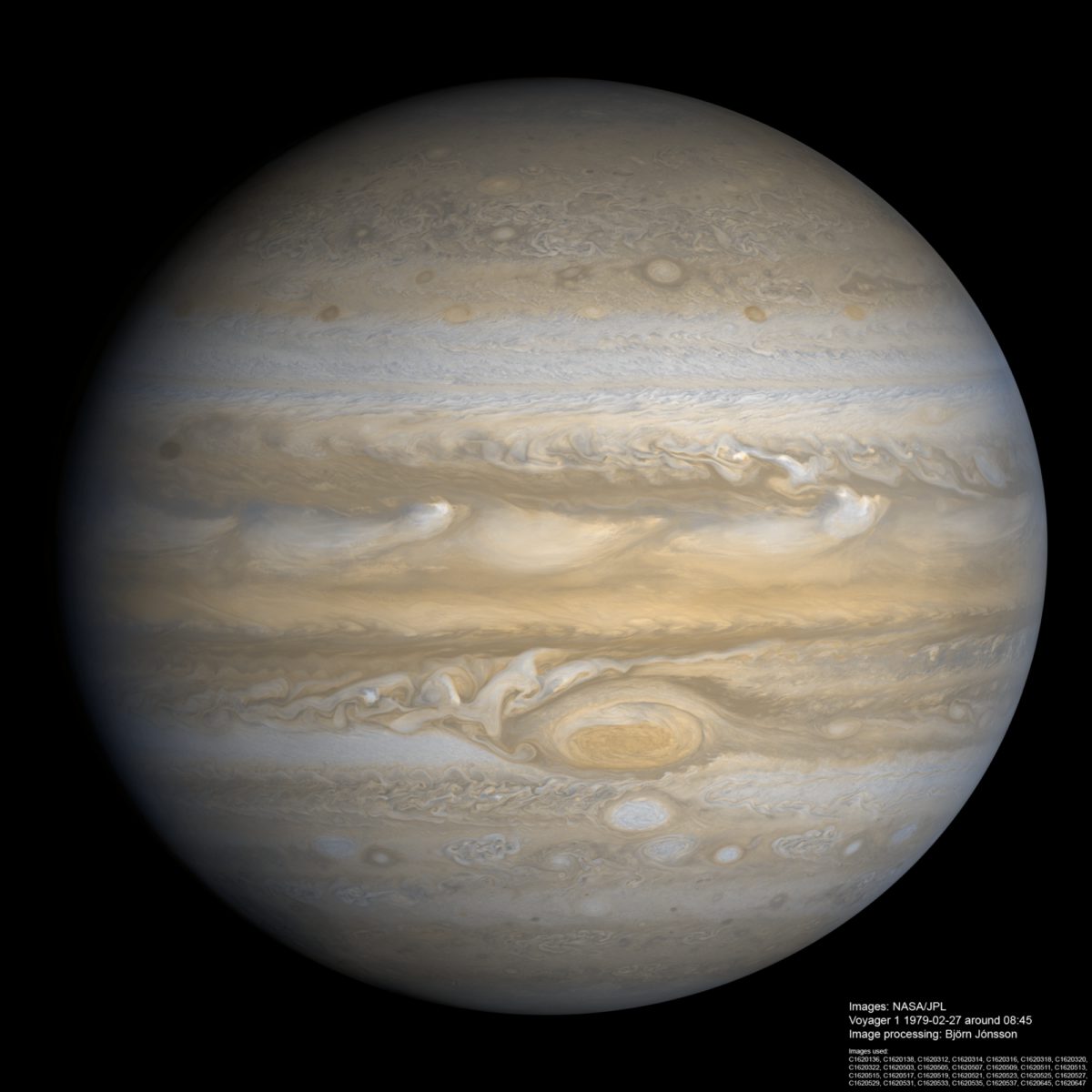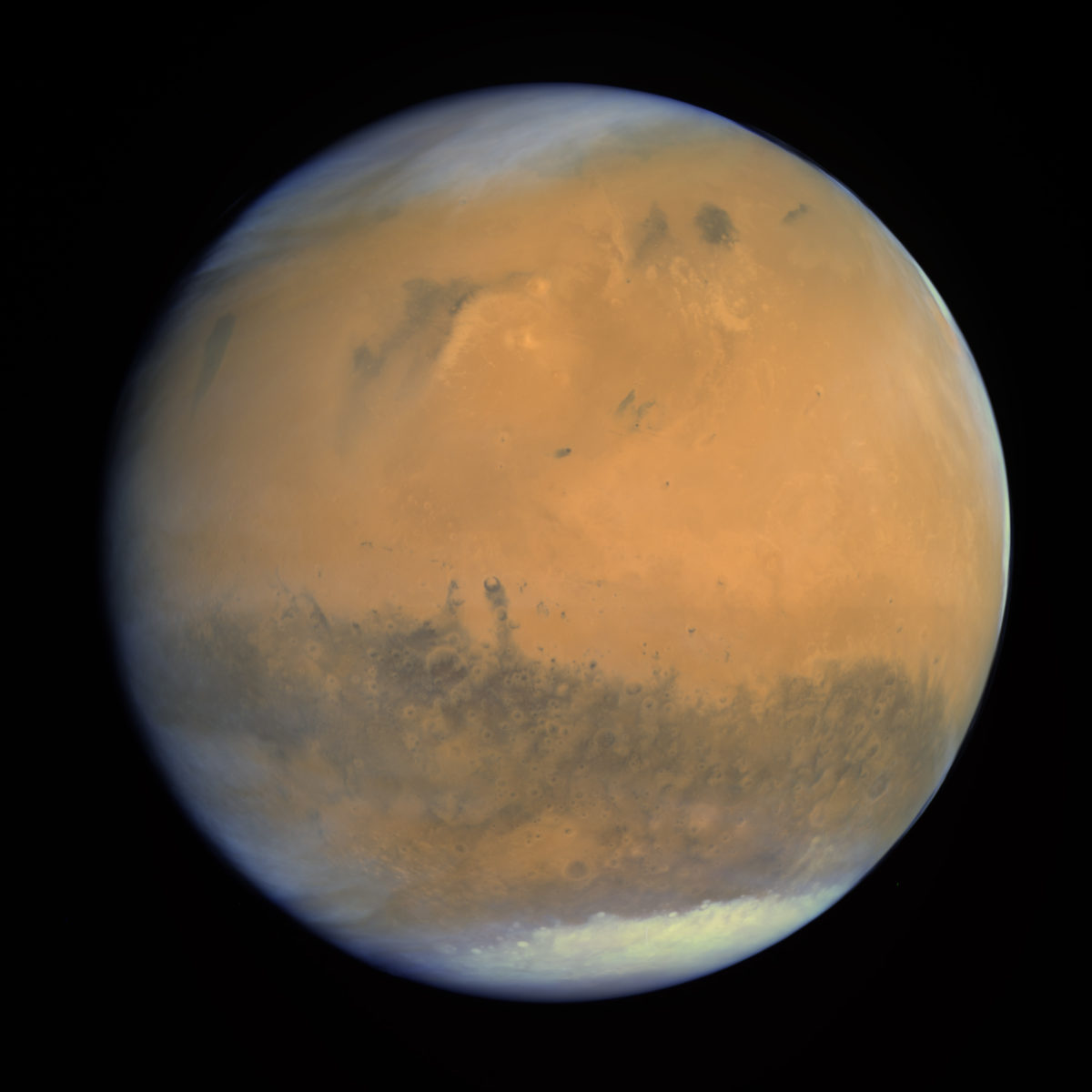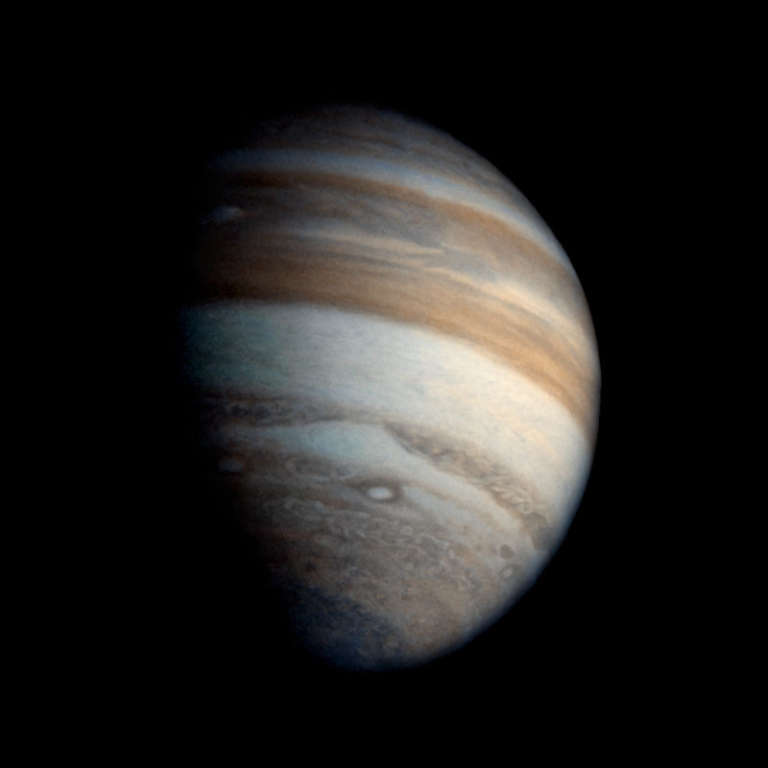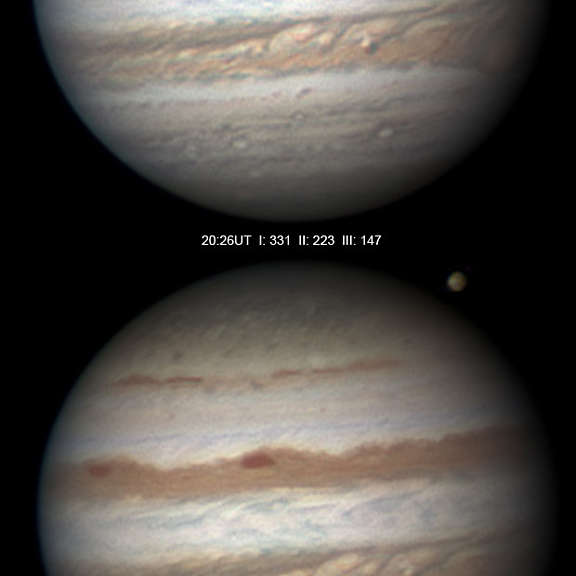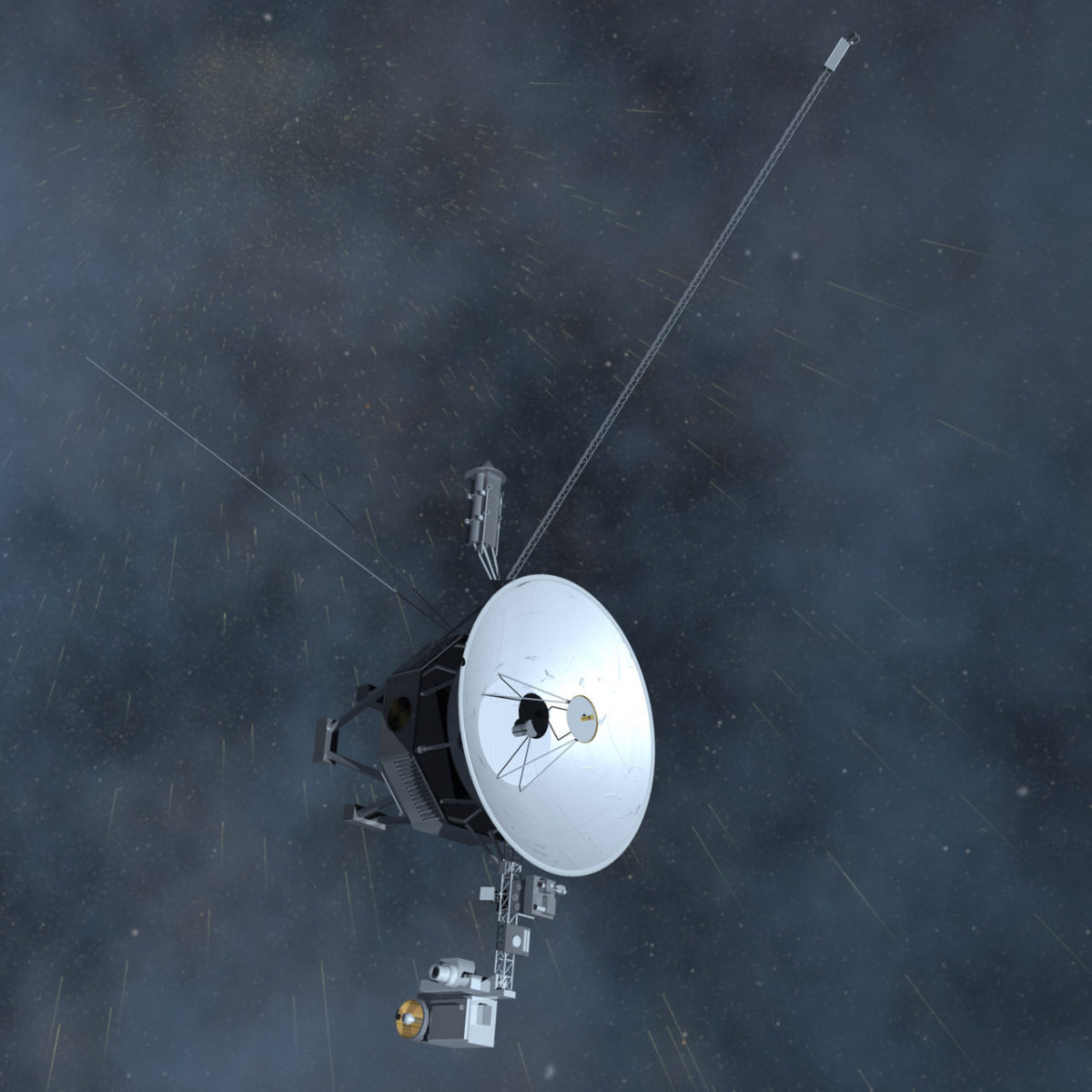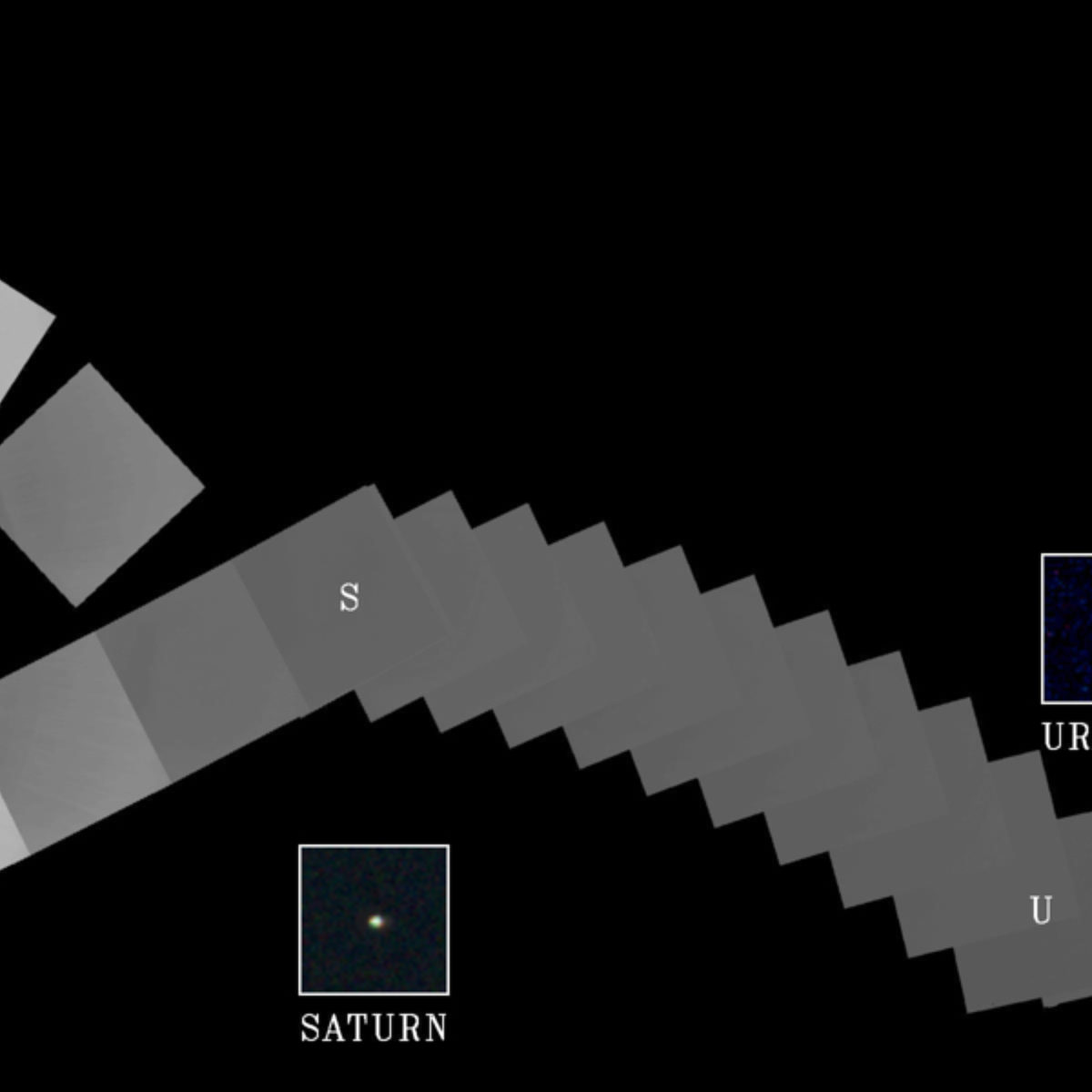All
All
Stories, updates, insights, and original analysis from The Planetary Society.
A couple of gems from the archives
We're still working on migrating content from the old to the new website. This week, that means I am looking, one by one, through some great amateur-processed space images.
A Voyager 1 anniversary mosaic
Back in 1979 the twin Voyager 1 and 2 spacecraft flew by Jupiter. Some of their images were processed into color images and mosaics that have appeared countless times in books, magazines, on TV and on the Internet. Many of these images and mosaics are spectacular but they were processed more than 30 years ago using computers that are extremely primitive by today's standards. It's possible to get better results by processing the original, raw images from the Voyagers using modern computers and software.
Snapshots From Space Video: Revealing Jupiter's (Mostly) Unseen Treasures
Tens of thousands of Jupiter images were taken by the Voyager spacecraft, but relatively few have been processed to reveal their true beauty and wonder. The latest Snapshots video from Emily Lakdawalla explains why.
Pretty Picture: A snapshot of Voyager 1's departure from Jupiter
In this week's Snapshots from Space video, I talk about the Voyager 1 images of Jupiter -- how many there are (tens of thousands), and what a challenge they represent for image processors. But, I promise, the effort is worth it. Here's just one example: it's a color, crescent view of Jupiter, taken by Voyager 1 as it departed.
Pretty pictures: Voyager 2 at Jupiter
Here are two perfect examples of Voyager 2's amazing untapped treasures.
Checking up on Jupiter and Saturn
It's amateur astronomers, not professionals, who are shouldering the burden of constant monitoring of the weather on Jupiter and Saturn. What's going on these days in the outer solar system?
At last: Rosetta's Mars flyby photos have been released!
On February 24, 2007, the Rosetta spacecraft passed by Mars, the second of four planetary gravity-assist flybys on its long route to a 2014 rendezvous with comet Churyumov-Gerasimenko. At the time, they released two photos from the main science camera, OSIRIS.
Scale solar system presentation slide, a provisional version for you to review
I'm preparing a talk for the Pacific Astronomy and Telescope Show here in Pasadena on Sunday afternoon at 1:45. I have spent the morning putting together a slide that I have long wanted to have for presentations.
Blast from the past: Pioneer 10 and 11 pictures of Jupiter
Here's a few pretty pictures that were recently dusted off by Ted Stryk. Pioneer 10 and 11 passed by Jupiter on December 4, 1973, and December 3, 1974, respectively. Here are three pictures from those two encounters, in versions newly processed by Ted from scanned photographic prints found during a research trip to NASA's Ames Research Center.
Jupiter's southern belt is coming back
In a story that I've been following for quite a while, Jupiter's southern equatorial belt, having faded to white in 2009, is now well on its way back to its former red glory.
Update: Phobos and Jupiter and its moons!
Remember that neat picture and movie of Phobos passing by Jupiter that I posted last week? Several people asked me where Jupiter's moons were, and I just assumed that they weren't visible. I was wrong; Mars Express spotted Jupiter's moons along with the planet and Mars' moon!
Bj�rn J�nsson's Voyager 1 Jupiter animation, new and improved
Late last year I posted an amazing video of Jupiter's moving clouds, an animation made from images that Voyager 1 took as it approached. Below is a new and improved version of that animation. The first one was based on 16 Voyager color photos; this one covers a much longer period of time, and includes 58 images.
Memo to early risers: Look up!
There is a traffic jam of planets on the eastern horizon in the early morning right now and for the next several weeks, a prize for those of you who have to rise before dawn.
The scale of our solar system
Space.com has taken advantage of the infinitely scrollable nature of Web pages to produce a really cool infographic on the scales of orbital distances in the solar system.
Historical PDF: "The Voyager Flights to Jupiter and Saturn"
A while ago I posted all 99 issues of the Voyager Mission Status Bulletins in PDF format, and now I have another cool item to add to that collection: NASA EP-191,
Spotting Jupiter's Moons...with a Solar Telescope!?
I was astounded to learn this morning that SOHO can not only see Jupiter, it can actually resolve Jupiter's moons (at least its two outer ones) as points of light separate from their planet!
Checking in on Jupiter: the belt is coming back
Since it's been several months since I last took a look at Jupiter, I thought it was time to see what's up with the South Equatorial Belt.
LPSC 2011: Wanted: Pioneer 10 & 11 digital data
This is both a Lunar and Planetary Science Conference (LPSC) update and a public service announcement. Ted Stryk has been working for years to locate the original Pioneer 10 and 11 image data from the Jupiter and Saturn encounters.
The Solar System from the Inside Out - and the Outside In
Space probes grant us perspective, the ability to see our place within the vastness of the solar system. But opportunities to see all of the solar system's planets in one observation are rare. In fact, there's only been one opportunity on one mission to see the whole solar system at once, until now.
Snapshots from Space: Voyager views of the Great Red Spot, Björn Jönsson
I've got a new column in the Planetary Society's member magazine, The Planetary Report, called


 Explore Worlds
Explore Worlds Find Life
Find Life Defend Earth
Defend Earth


 Sun
Sun Mercury
Mercury Venus
Venus Earth
Earth Mars
Mars Jupiter
Jupiter Saturn
Saturn Uranus
Uranus Neptune
Neptune Small Bodies
Small Bodies
